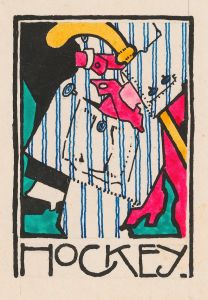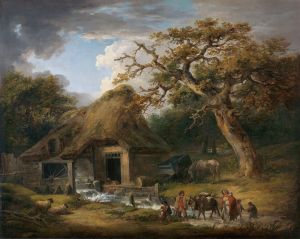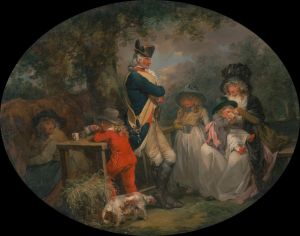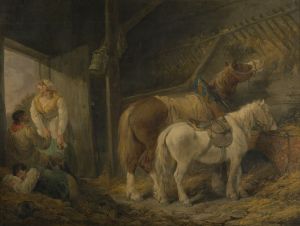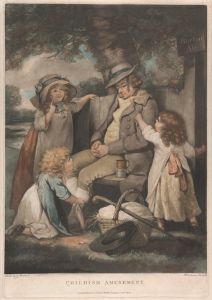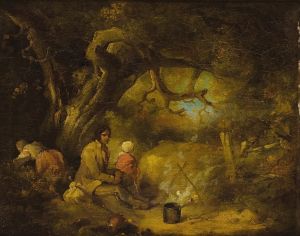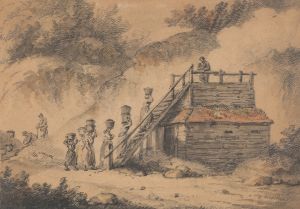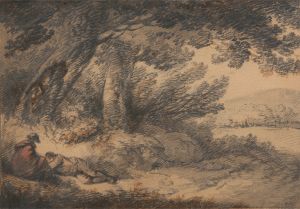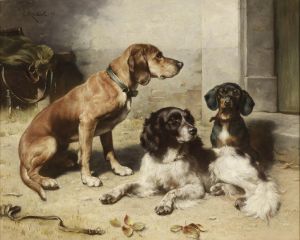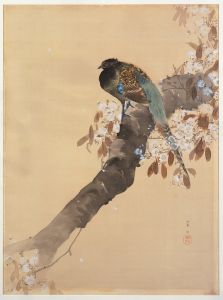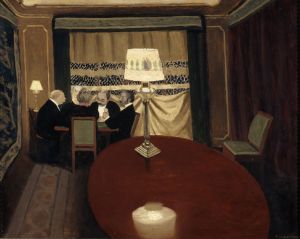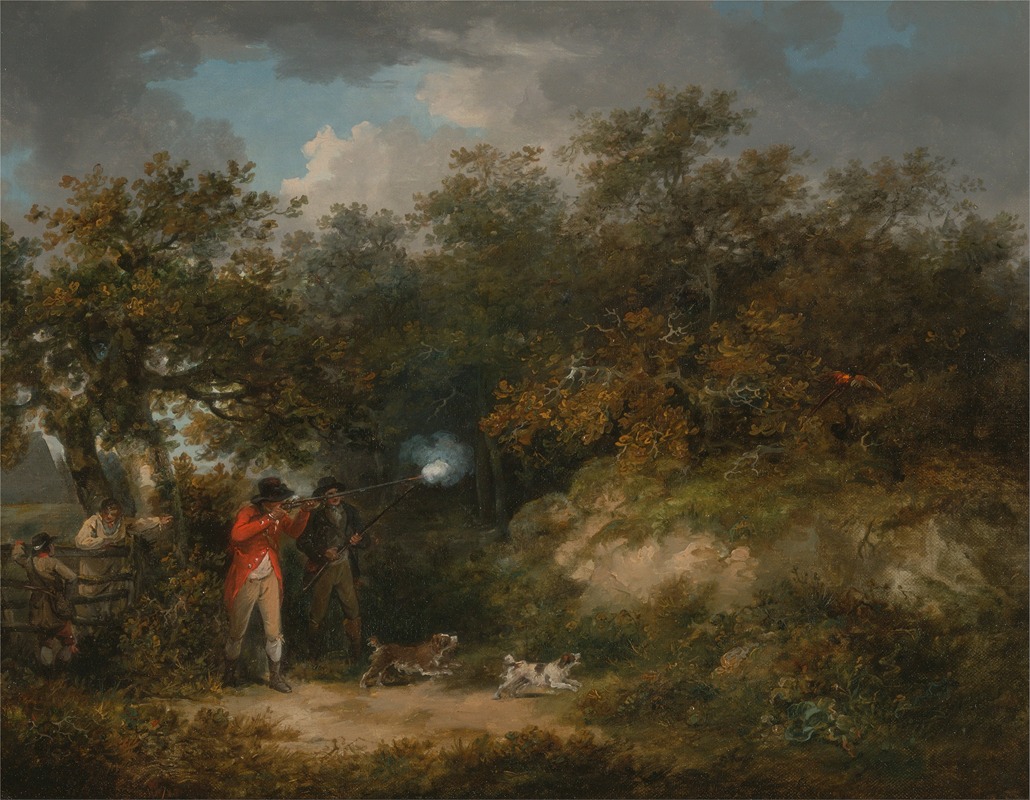
Pheasant Shooting
A hand-painted replica of George Morland’s masterpiece Pheasant Shooting, meticulously crafted by professional artists to capture the true essence of the original. Each piece is created with museum-quality canvas and rare mineral pigments, carefully painted by experienced artists with delicate brushstrokes and rich, layered colors to perfectly recreate the texture of the original artwork. Unlike machine-printed reproductions, this hand-painted version brings the painting to life, infused with the artist’s emotions and skill in every stroke. Whether for personal collection or home decoration, it instantly elevates the artistic atmosphere of any space.
George Morland was an English painter known for his rustic and rural scenes, often depicting the countryside and the lives of ordinary people. One of his works, "Pheasant Shooting," exemplifies his ability to capture the essence of rural life in 18th-century England. Morland's paintings are characterized by their attention to detail, use of color, and the ability to convey a narrative through imagery.
"Pheasant Shooting" is a typical example of Morland's genre scenes, which often included themes of hunting and rural pastimes. In this painting, Morland portrays a scene of pheasant hunting, a popular activity among the English gentry during this period. The painting captures the moment of action, with hunters and their dogs engaged in the pursuit of game. Morland's skillful use of composition and color brings the scene to life, creating a vivid depiction of the English countryside.
The painting reflects Morland's keen observation of nature and his ability to depict it with realism and vitality. His attention to detail is evident in the rendering of the landscape, the figures, and the animals, all of which are depicted with a sense of movement and energy. The use of light and shadow adds depth to the scene, highlighting the natural beauty of the setting.
Morland's work was highly regarded during his lifetime, and he was known for his ability to produce paintings quickly, often working directly from nature. His paintings were popular among collectors, and he enjoyed considerable success. However, Morland's personal life was marked by financial difficulties and a struggle with alcoholism, which ultimately affected his career and output.
Despite these challenges, Morland's contribution to English art is significant. His paintings provide a window into the rural life of his time, capturing the customs and activities of the people with whom he was familiar. "Pheasant Shooting" is a testament to his talent and remains an example of his ability to convey the charm and simplicity of country life.
Morland's influence extended beyond his lifetime, as his works continued to be appreciated for their artistic merit and historical value. Today, his paintings are held in various collections, and "Pheasant Shooting" is an example of his enduring legacy in the world of art. Through his work, Morland offers a glimpse into the past, allowing viewers to experience the rural traditions and landscapes of 18th-century England.
In summary, "Pheasant Shooting" by George Morland is a notable work that captures the essence of rural England through the depiction of a hunting scene. Morland's attention to detail, use of color, and ability to convey a narrative make this painting a valuable piece of art history, reflecting both the artist's skill and the cultural context of his time.








